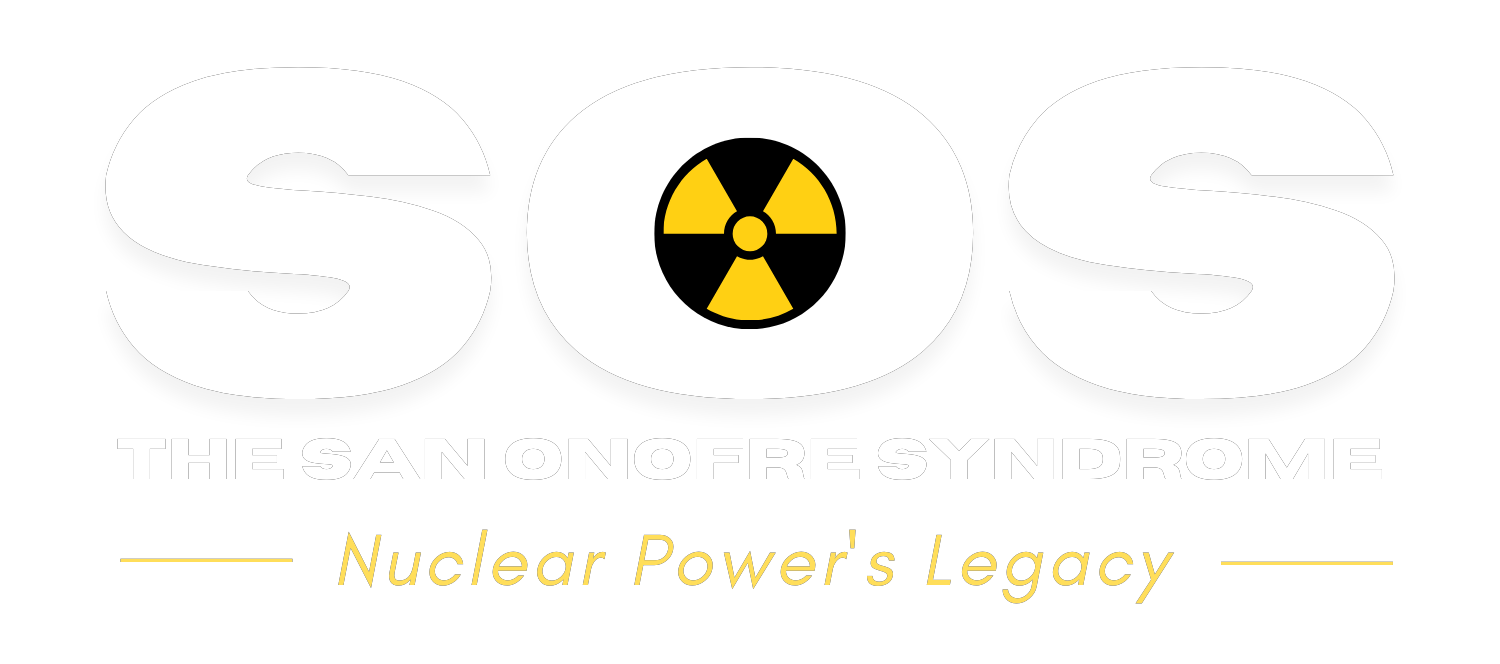How Safe is it to Surf or Live Near the San Onofre Nuclear Reactor?
Surf at San Onofre
By BRANDON PHO January 25, 2021 -- Voice of Orange County
The ongoing demolition of the San Onofre nuclear plant has long fueled unease among locals over the periodic release of diluted, radioactive material from the reactor into this iconic surfing spot’s waters.
Such dumping has been going on since the 1960s, for years without public notice.
That was until 2019, when state regulators required the San Onofre Nuclear Generating Station (SONGS) parent company — Southern California Edison — to publicly notify surrounding communities of such releases.
Since then, 16 such releases have occurred, with 48-hour notices to the public and nearby communities, according to the company.
Each time, Edison places potentially radioactive wastewater from the company’s decommissioning activities into a tank, circulates it through ion exchangers and filters, “highly” dilutes it, and then samples the liquid for safety before it’s released more than a mile offshore.
A diagram and collection of past data on the releases can be found here.
These radioactive liquid releases will continue as SONGS is deconstructed and will vary in size over the years, according to Edison. The size of such releases were initially known to average around 20,000-25,000 gallons of water, and may become larger in the future.
San Clemente High School student Carson Kropfl said the facility’s landmark twin domes never leave his sight whenever he surfs the nearby waters.
“You see it every time you’re in the water, so it’s always kind of in your mind,” he said. “The potential risk of it.”
In middle school, Kropfl started a group called “Save SanO” to raise communities’ awareness about their radioactive neighbor.
SONGS officials contend the release of radioactive material — primarily, Cesium-137 — into the ocean poses little risk to people at San Onofre state beach, because it’s diluted to a concentration that’s far below risk thresholds set by federal nuclear regulators.
Katie Day, a scientist with the coastal advocacy group Surfrider Foundation, said previous effluent reports from Southern California Edison show the radiation dose of such releases from SONGS are “supposedly low.”
“Yet the amount of radioactive isotopes released into the beach water during each event is not shared publicly,” Day said, adding:
“The SONGS annual radioactive effluent report, which is published nearly a year after releases take place, only provides the amount of each radiological isotope released by quarter, not the amount released during each batch.”
She said her group is trying to get the Woods Hole Oceanographic Institution in Massachusetts to conduct “before, during and after” sampling of the beach water near San Onofre.
The result, Day said, would be what she calls “independent,” “publicly accessible” and “precise measurements of Cesium-137” with “third-party oversight.”
The Woods-Hole Oceanographic Institution’s testing is also more sensitive to radioactive materials like Cesium-137.
Edison currently runs its water samples through GEL Laboratories, a South Carolina-based environmental consulting group, according to the company.
Dr. Eric Goldin, a part-time contractor and project manager at SONGS whose background includes nuclear engineering and radiation biology, in an interview said Edison’s sampling methods are “completely in compliance with the regulations.”
He added while Woods-Hole could detect Cesium-137, the radionuclide is so “ubiquitous” in the ocean due to factors like “weapons fallout” and past nuclear disasters that with a more sensitive lab testing system, “you’ll probably find that in ocean water that is far removed from San Onofre as well, at similar levels, because the Cesium is everywhere.”
Yet some locals are beginning to worry about much more than what may be in the water.

